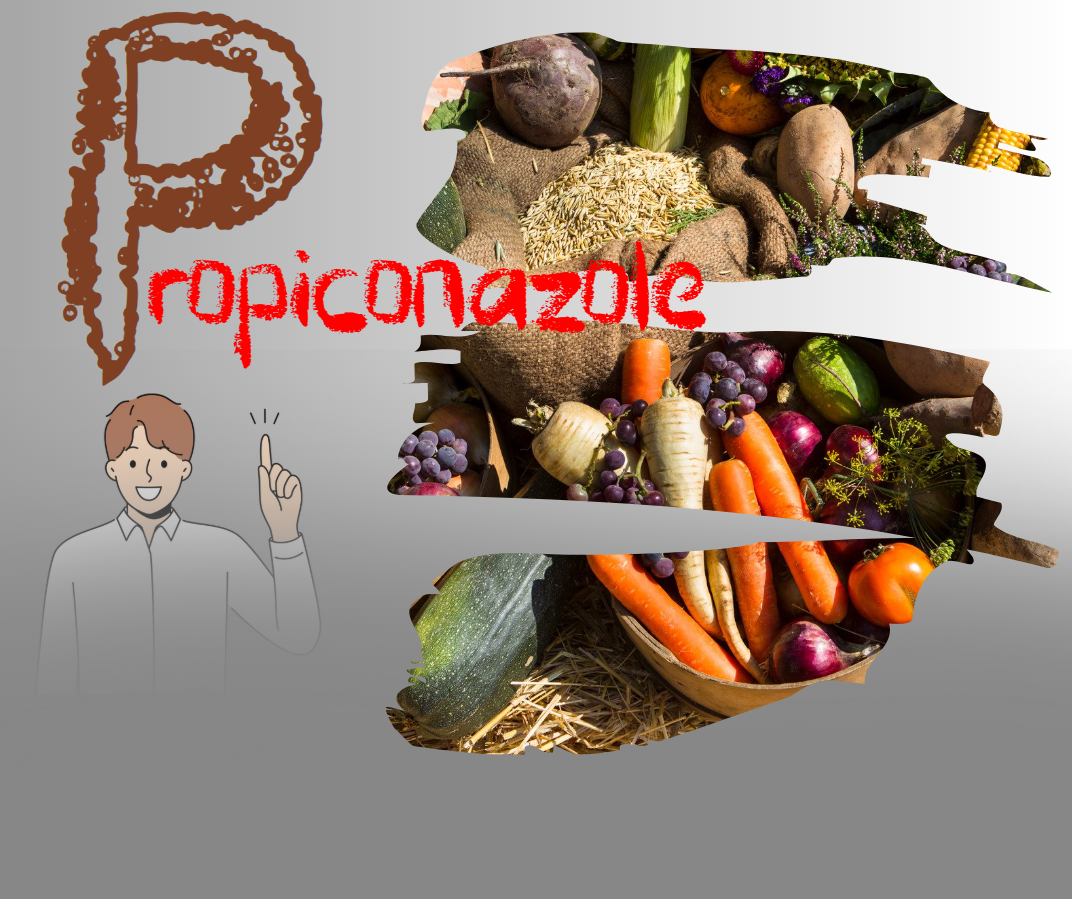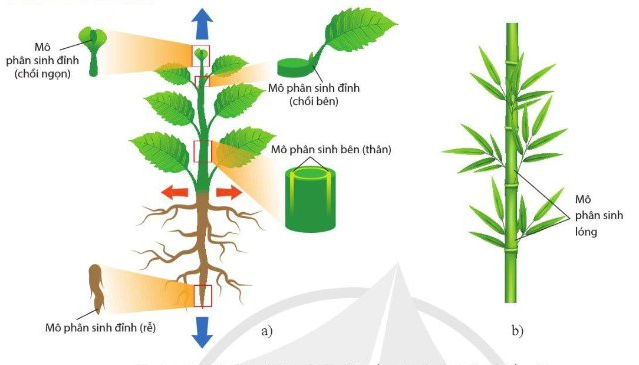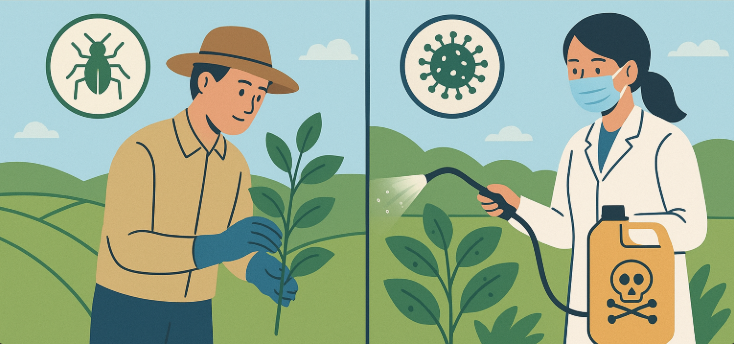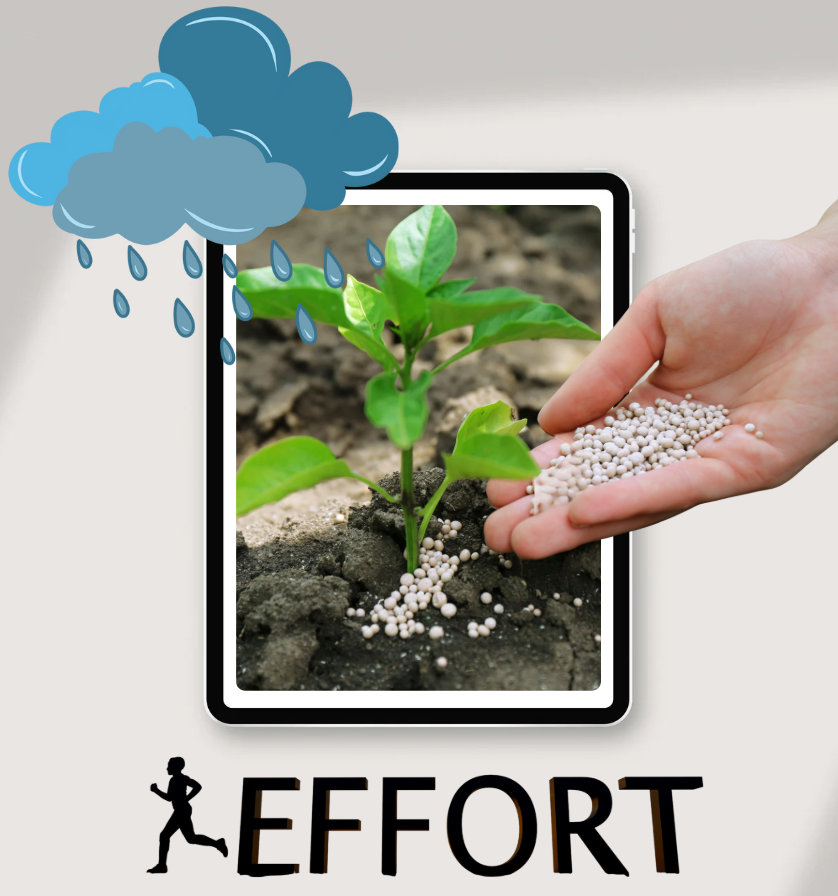
Why Is Propiconazole Widely Used in Broad-Spectrum Fungicides?
Among the many active ingredients used in fungal disease management today, Propiconazole is consistently one of the most commonly applied across various crops. But what makes it so highly favored, and why does it appear in so many broad-spectrum fungicide formulations?
Let’s explore the scientific and practical reasons behind the popularity of Propiconazole.
1. What Is Propiconazole?
![]()
Propiconazole belongs to the triazole group—a class of systemic fungicides known for strong translocation and the ability to inhibit ergosterol synthesis, an essential component of fungal cell membranes. Without ergosterol, fungal cells can't develop properly and are gradually destroyed.
🔬 Basic Information:
- Chemical name:
1-[[2-(2,4-dichlorophenyl)-4-propyl-1,3-dioxolan-2-yl]methyl]-1H-1,2,4-triazole - Chemical group: Triazole
- Key features: Systemic, broad-spectrum, preventive + curative, rainfast
2. Broad-Spectrum Activity Against Many Fungal Pathogens

Propiconazole is highly rated for its effectiveness against multiple classes of harmful fungi, especially:
|
Fungal Group |
Common Diseases |
|
Ascomycetes |
Anthracnose, brown spot, leaf scorch, yellowing |
|
Basidiomycetes |
Rusts, white molds, black leaf disease |
|
Deuteromycetes |
Rice blast, leaf spots, grain discoloration |
|
Oidium spp. |
Powdery mildew on grapes, melons, mangoes |
💡 Key advantage: One active ingredient can be used on rice, vegetables, fruit trees, and industrial crops—reducing the need to stock multiple products.
3. Systemic Mode of Action – Effective From Within

Unlike contact fungicides, Propiconazole penetrates into plant tissues and moves to areas not directly sprayed. This helps:
- Eliminate fungi hidden deep inside plant tissue
- Protect newly growing leaves
- Reduce the impact of rain and wind after application
⏱️ Its fast action and long-lasting effect provide peace of mind, especially during the rainy season or under unfavorable weather conditions.
4. Dual Action: Preventive and Curative

Some ingredients only prevent diseases (e.g., Mancozeb), while others are primarily curative (e.g., Cymoxanil). Propiconazole does both:
- Preventive: When applied routinely, it blocks fungal entry into plant tissues
- Curative: Inhibits fungal development in early stages before it spreads
🌾 Ideal for large-scale farmers who need a "multi-purpose" solution and cannot monitor every corner of the field closely.
5. High Compatibility With Other Actives
Propiconazole is frequently combined with other actives to enhance spectrum or prolong protection. Popular combinations include:
|
Combination |
Main Purpose |
|
Propiconazole + Difenoconazole |
Stronger fungal control, especially rice blast & rust |
|
Propiconazole + Azoxystrobin |
Longer-lasting effect, comprehensive protection |
|
Propiconazole + Mancozeb |
Systemic + contact action for full disease control |
6. Easy to Use and Cost-Effective

- Low dosage required: Typically 0.1 – 0.2 liters per hectare
- Safe for crops when used correctly
- Affordable pricing, suitable for both smallholders and large farms
📌 Many domestic pesticide manufacturers now produce high-quality Propiconazole-based products, making it more accessible and affordable for farmers.
7. Recommended in Many GAP Standards
Propiconazole is among the active ingredients approved for use in VietGAP, GlobalGAP, and similar certification schemes, with reasonable pre-harvest intervals (usually 7–14 days depending on the product).
✅ When used according to guidelines, it is considered safe and does not leave excessive residue on harvested produce.
8. Conclusion
Propiconazole is widely used in broad-spectrum fungicides because:
- It acts against a wide range of serious fungal pathogens
- Its systemic and translocation properties ensure deep and lasting protection
- It is suitable for various crops
- It works both preventively and curatively
- It pairs well with other active ingredients
- It is affordable and practical for everyday use
👉 With these outstanding advantages, Propiconazole deserves to be one of the top choices in Integrated Pest Management (IPM) programs for modern farmers.
Bình luận
Những bình luận mới nhất



